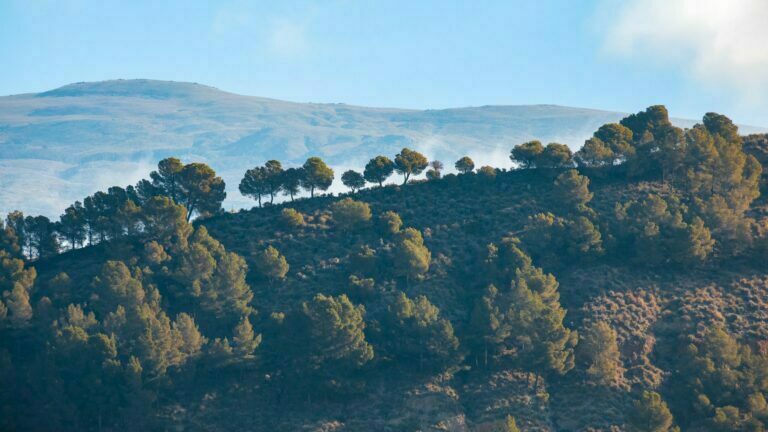Overlays, Layers and Masks in Affinity Photo 2
A surprisingly large number of photographers shy away from Layers and Masks because they are perceived as complex and confusing. My ongoing experience with Layers and Masks in Affinity Photo 2 reveals a surprising truth. They are not confusing at all, in fact I’d say as a long time Photoshop user that Layers and Masks are in fact quite easy to learn.
Table of Contents
The confusion around layers and masks probably comes from the interchangeability of the terms in marketing materials. For example, Adobe Lightroom features Masks which are actually Layers with automatically embedded masks. Adobe Photoshop doesn’t support these Lightroom masks and has its own very well engineered layers and optionally, masks.
So what is a Layer and what is a Mask?
If you imagine your photograph laid out flat on a table, with a sheet of glass covering it, the sheet of glass is a layer. If I put a green translucent sweet wrapper on the glass, that will turn the area of the image underneath it, green. That is a mask. Fairly simple really.
Things like the Local adjustments in DxO PhotoLab are effectively Masks, they exist on a Layer, it’s simply the case that the layer is nowhere to be seen in the UI. If they didn’t exist on a layer they would be altering the original pixels and we know that doesn’t happen because we can delete the local adjustment and everything is as it was before the adjustment was removed.
So, in Affinity Photo, both types of Layer/Mask are supported.
Overlays in Develop Persona
In the Develop Persona, you can create overlays. There are two types, Gradient Overlays and Paint Overlays. The way this works is you create and draw in the overlay (draw down in the case of the gradient) and then apply a correction or adjustment from the Basic panel. This will be applied only to the Overlay, not to the rest of the picture.
Just as with Control Points in DxO, you can delete the Overlay. Which tells us that it is in fact a mask, operating on a Layer.
Overlays are not richly featured, but in the context of the Develop persona optimising an image for the Photo persona, they are sufficient. You can for example turn edge detection on so that you can accurately mask difficult things like skylines.
Layers in the Photo Persona
Layers exist in the Photo Persona in the same way they do in Adobe photoshop. You can add pixel layers to add text or drawing or Adjustment Layers to apply any of the many adjustments supported by Affinity. These include pretty much all of the adjustments you’d find in Lightroom and some that you wouldn’t. For example, Exposure, contrast, HSL, White Balance etc.
The most powerful way to use Layers is with Masks. In Affinity Photo 2 there are different ways of doing this.
Selections in Affinity Photo 2
A selection, be it made with a rectangle tool, a brush or any other kind of select will automatically create a mask if you create the Selection before the Layer.
So I can draw a selection onto my image, then create a new HSL Adjustment layer (for example) and the selection will be applied as a mask to that layer.
Alternatively I can simply create a new Adjustment and that will automatically create the Layer and Mask. The Mask in this case is defined by selecting an area of the image. The default is the entire image. Normally I will create my new adjustment then invert the layer. This means I can literally paint my adjustment in with a white brush. White reveals, black conceals.
The Selection tools are deserving of an article of their own and they will get one presently.
Masks in Affinity Photo 2
Masks can be created and added to a layer manually. Create the layer first, then add the mask, then apply the adjustment.
The thing to remember when using Masks like this is that they apply only to the layer they exist on. To go back to my metaphor of the layers being sheets of clear glass on top of an image, when viewed from above, the total effect of the masks is apparent. You can see through the layers, except where the mask is placed.
I rename my layers describing the area of the image they apply to so that I can find them quickly in a stack of more than ten layers.
Conclusion
So that is essentially the way Layers and Masks work in Affinity Photo. Think of the stack of layers viewed from above. The original image is at the bottom. Each layer above it is transparent except for the pixels that are masked (this may be all of the pixels in which case that layer becomes the defect background for all other layers.. Remember that Masks apply to the layers they are on and where two masks overlap, the one that takes precedence is the one nearest the top of the stack. You can reorder your layers so that visibility is optimal.






